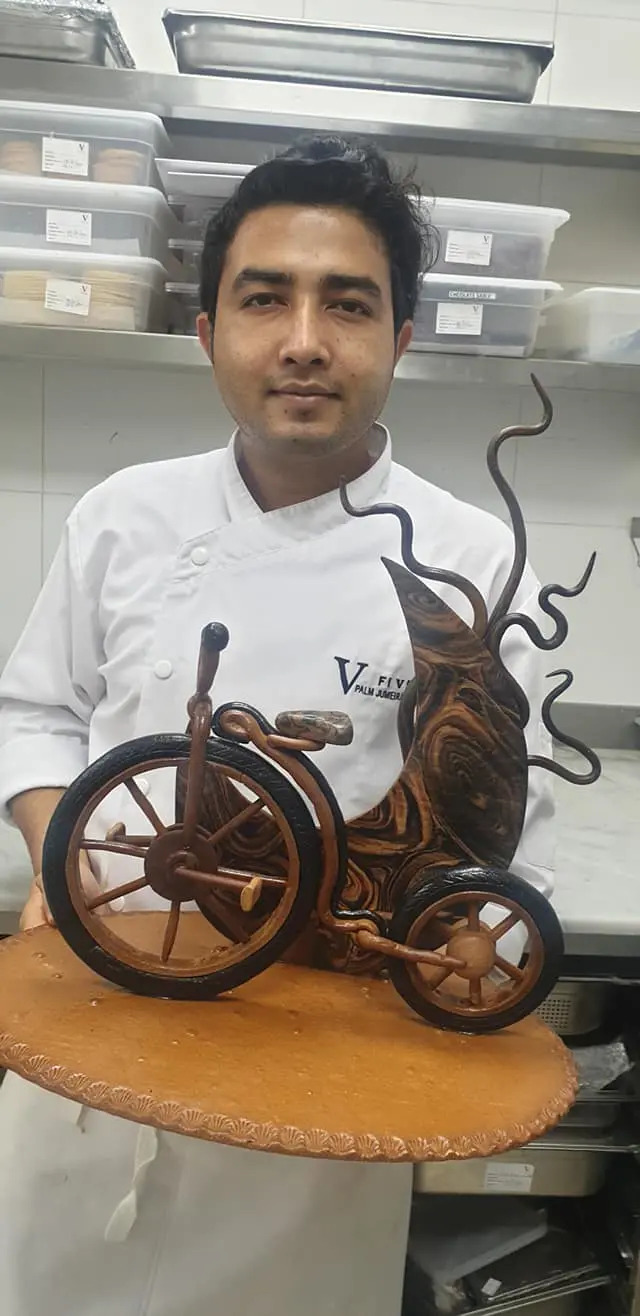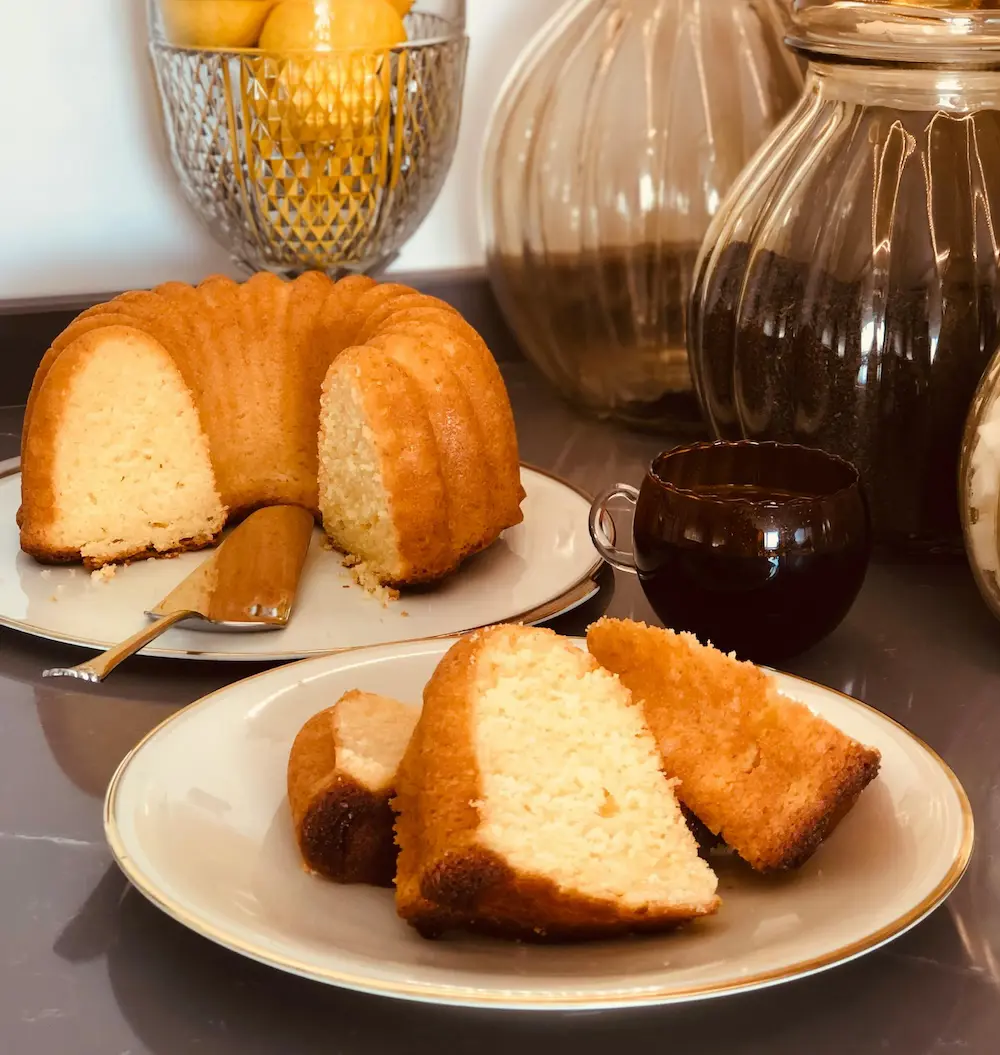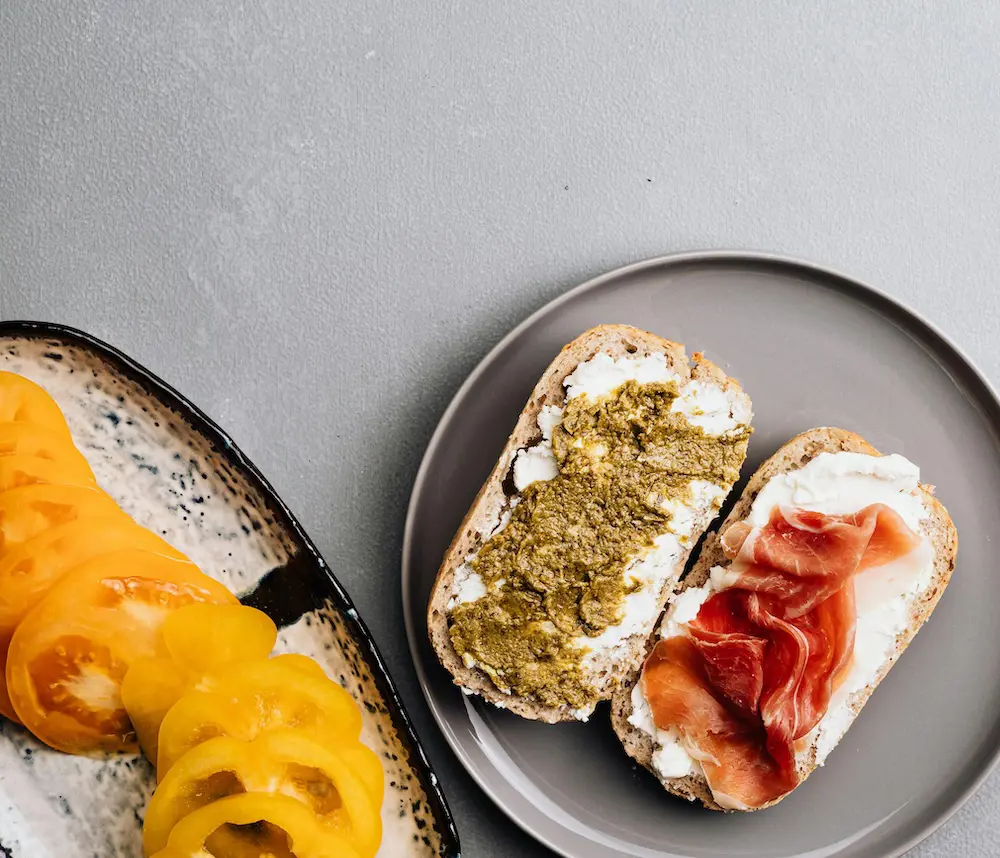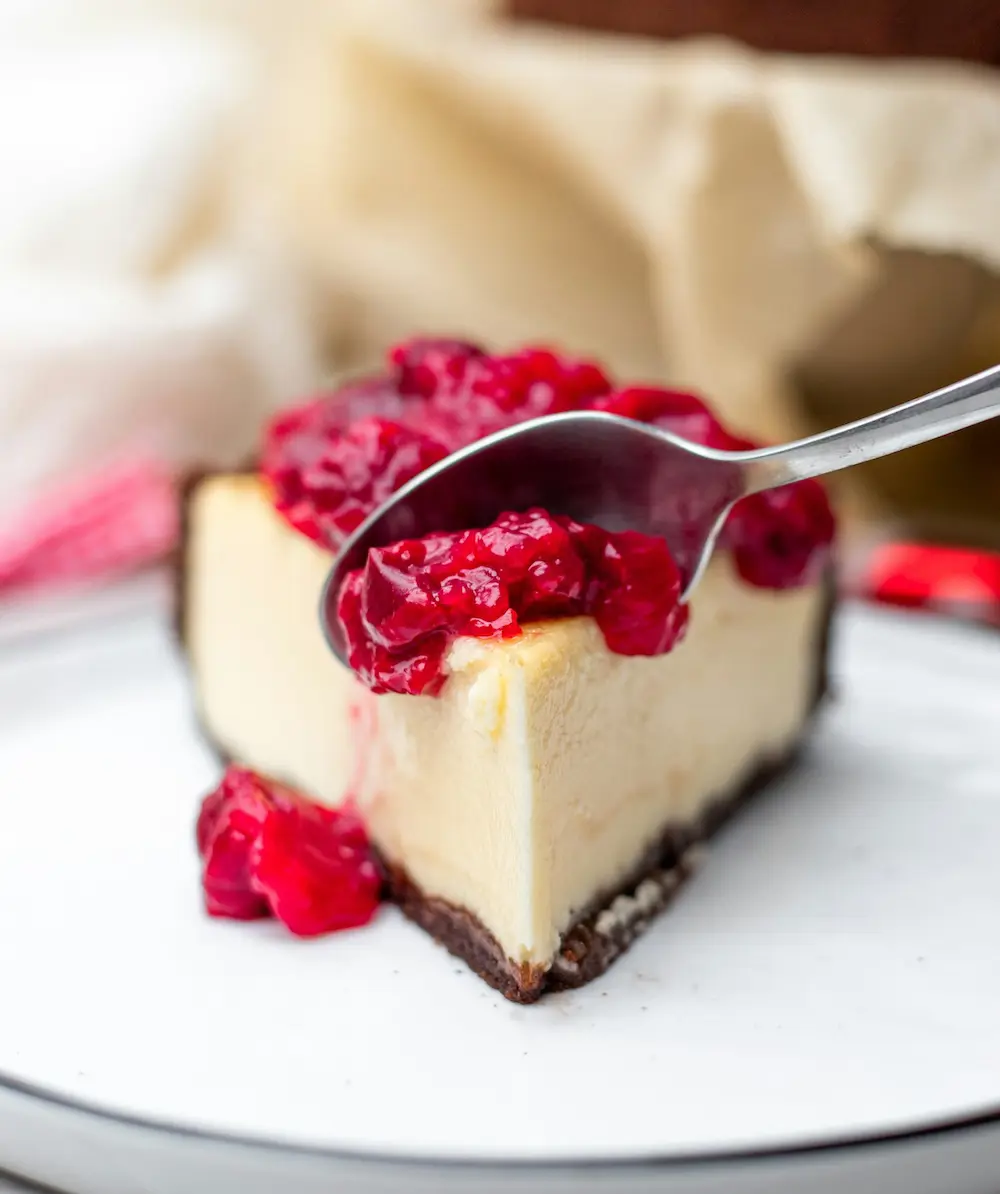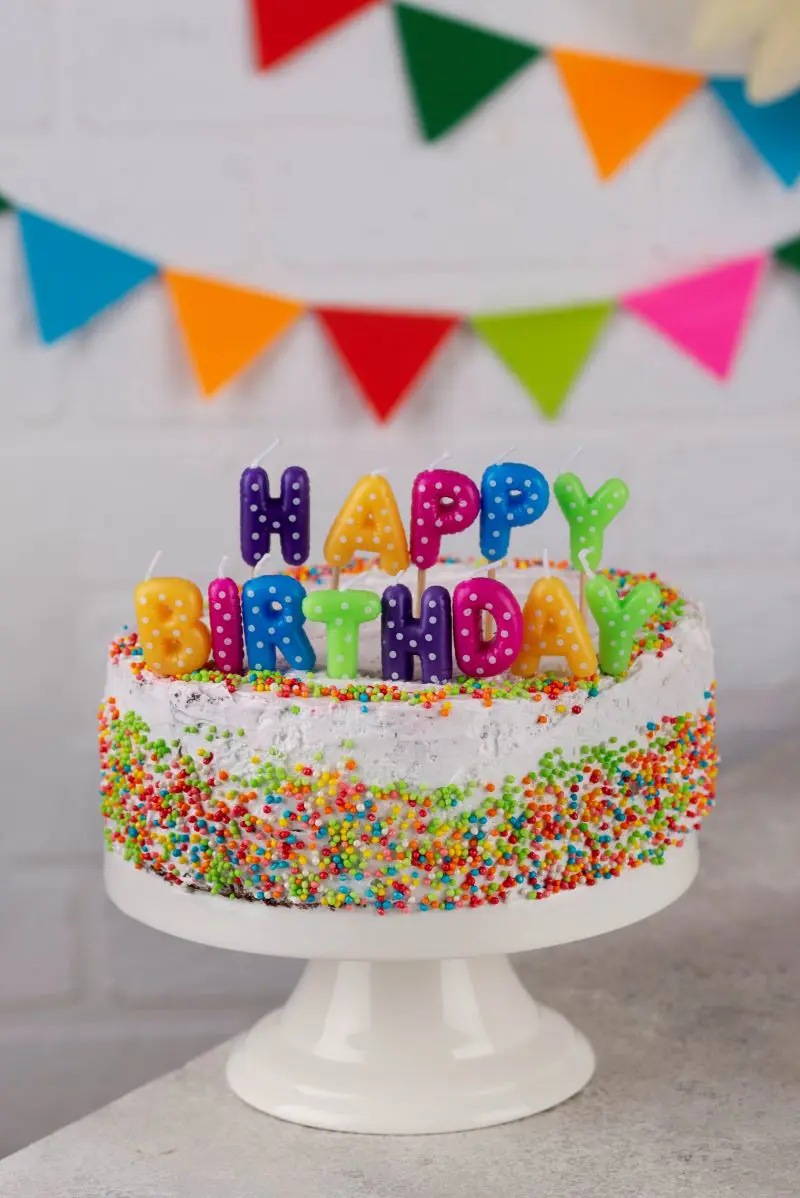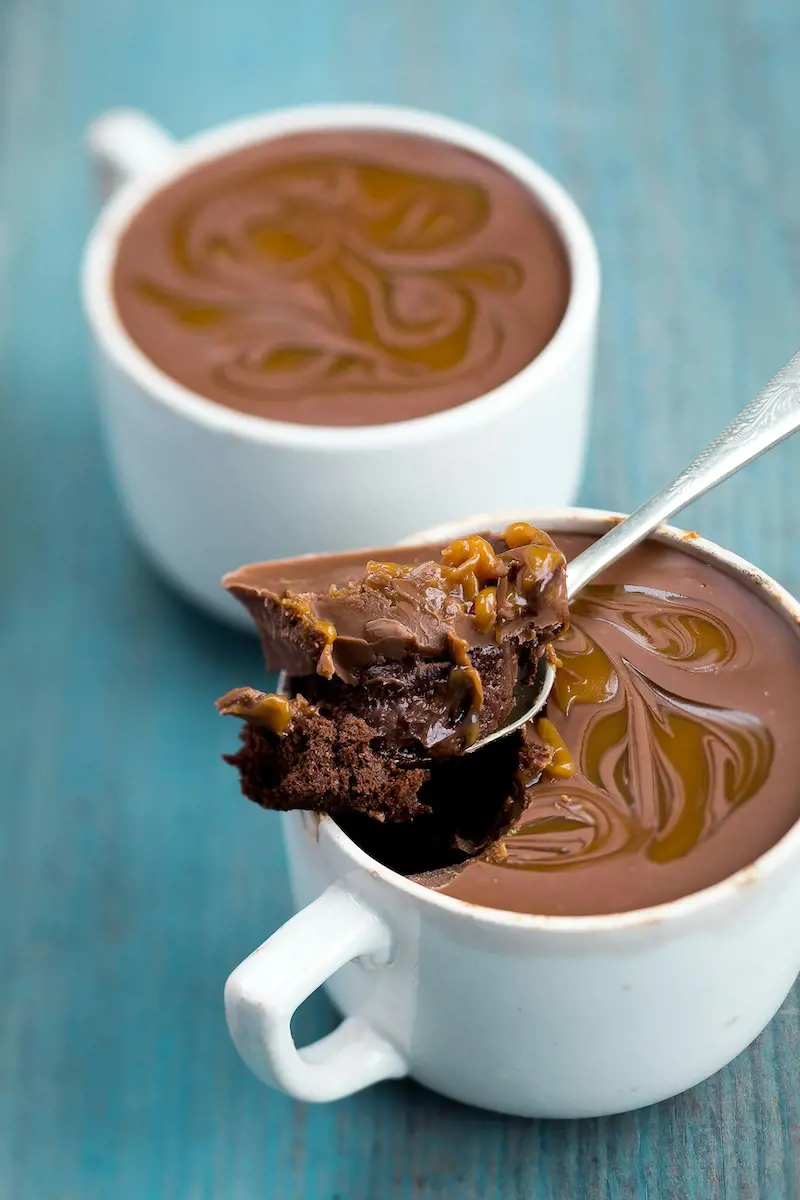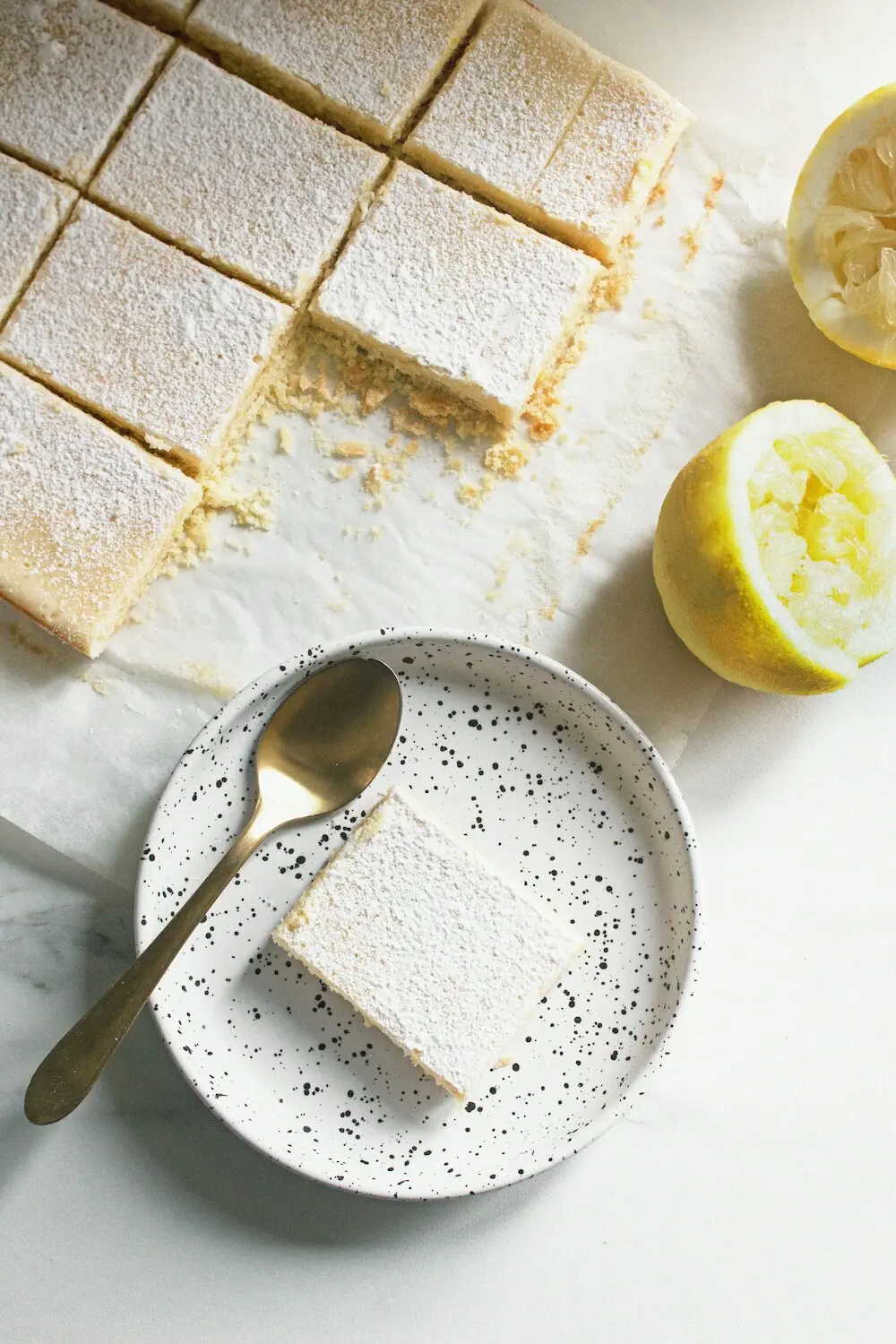Making Basque Cheesecake: A Unique Culinary Delight
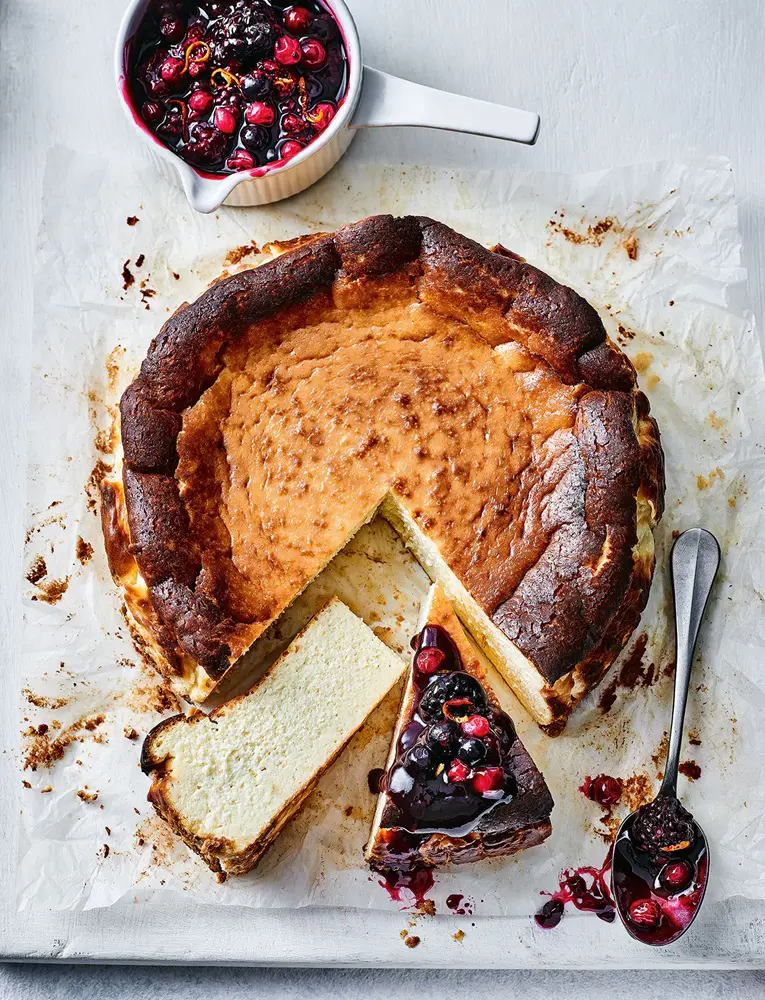
The world of cheesecakes is vast and varied, offering a range of flavors and textures to satisfy any dessert lover. Among these, the Basque cheesecake stands out as a unique and delectable option. Originating from the Basque region of Spain, this cheesecake is known for its rich, creamy interior and beautifully burnt top.
It is a dessert that defies traditional cheesecake norms, offering a rustic yet sophisticated treat that is both simple to make and extraordinarily delicious. In this article, we will explore the history, ingredients, and step-by-step process of making a perfect Basque cheesecake, ensuring that you can recreate this Spanish delight in your kitchen.
Gathering the Ingredients
To make an authentic Basque cheesecake, you will need the following ingredients:
- 2 pounds (900 grams) of cream cheese, at room temperature
- 1 1/2 cups (300 grams) of granulated sugar
- 5 large eggs
- 2 cups (480 ml) of heavy cream
- 1/4 cup (30 grams) of all-purpose flour
- 1 teaspoon of vanilla extract
- A pinch of salt
These ingredients are straightforward and can be found in most grocery stores. The key to achieving the perfect texture and flavor is in the quality of the ingredients and the technique used in mixing and baking.
Preparing the Batter
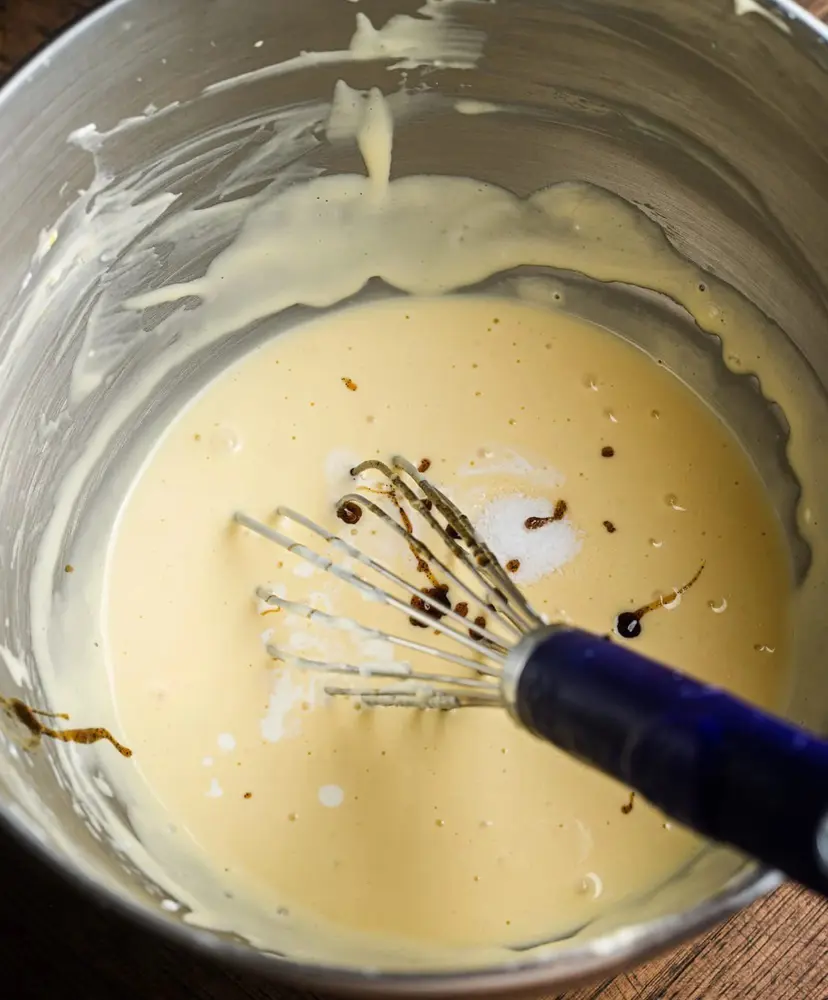
Preheat Your Oven: Start by preheating your oven to 400°F (200°C). This high temperature is crucial for achieving the burnt top that is characteristic of Basque cheesecake.
Prepare Your Pan: Line a 10-inch (25 cm) springform pan with parchment paper, ensuring that the paper comes up the sides of the pan. This will help you easily remove the cheesecake after baking.
Cream the Cheese and Sugar: In a large mixing bowl, beat the cream cheese and sugar together until smooth and creamy. This can be done using a stand mixer or a hand mixer. The cream cheese must be at room temperature to avoid lumps.
Add the Eggs: Add the eggs one at a time, mixing well after each addition. This helps to incorporate air into the batter, which contributes to the light texture of the cheesecake.
Incorporate the Cream: Gradually add the heavy cream, mixing until fully combined. The batter should be smooth and slightly runny at this stage.
Mix in the Flour, Vanilla, and Salt: Sift the flour into the batter to avoid any lumps, then add the vanilla extract and a pinch of salt. Mix until everything is well combined and the batter is smooth.
Baking the Cheesecake
Pour the Batter: Pour the cheesecake batter into the prepared springform pan. The batter will be quite liquid, so it should level out on its own.
Bake at High Temperature: Place the cheesecake in the preheated oven and bake for 50-60 minutes. The top should become a deep golden brown, almost burnt in appearance. The center of the cheesecake will still be quite jiggly, but this is normal.
Cool and Set: Once the cheesecake has achieved the desired color, remove it from the oven and let it cool in the pan. The cheesecake will continue to set as it cools. For best results, allow the cheesecake to cool completely, then refrigerate it for at least 4 hours or overnight. This will help it firm up while maintaining its creamy texture.
Serving Your Basque Cheesecake
Basque cheesecake is best served at room temperature, allowing its flavors and textures to shine. To serve, remove the cheesecake from the springform pan and peel away the parchment paper. Use a sharp knife to slice the cheesecake, wiping the blade clean between cuts for neat slices.
The beauty of Basque cheesecake lies in its simplicity. It can be enjoyed on its own or with a variety of accompaniments. Some popular serving suggestions include:
- Fresh berries or berry compote
- A drizzle of honey or caramel sauce
- A sprinkle of sea salt
- Whipped cream
Variations and Tips
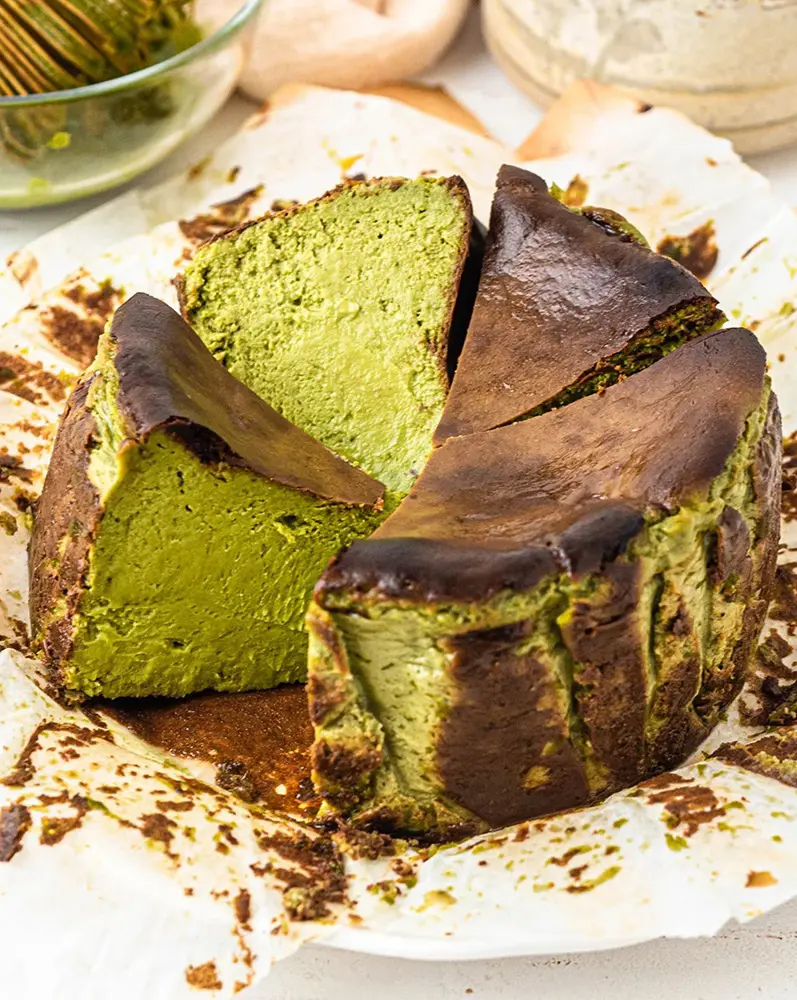
While the classic Basque cheesecake is a masterpiece on its own, there are several variations and tips you can explore to put your twist on this delightful dessert:
Flavor Infusions: Add a touch of lemon zest or orange zest to the batter for a citrusy twist. You can also experiment with adding a tablespoon of liqueur, such as Grand Marnier or Amaretto, for an extra layer of flavor.
Chocolate Basque Cheesecake: For a chocolatey version, add 1/4 cup of cocoa powder to the batter. This will create a rich, chocolate-flavored cheesecake with the same creamy texture.
Spiced Cheesecake: Incorporate warm spices such as cinnamon, nutmeg, or cardamom into the batter for a spiced version that is perfect for the holidays.
Crust Options: While traditional Basque cheesecake is crustless, you can experiment with adding a crust if you prefer. A simple graham cracker or digestive biscuit crust can add an extra layer of texture.
Troubleshooting Common Issues
Even with a straightforward recipe, there can be occasional hiccups in the baking process. Here are some common issues and how to troubleshoot them:
Cracked Top: If your cheesecake cracks, it may be due to overbaking. The high temperature should caramelize the top without causing cracks, but if this happens, ensure that your oven temperature is accurate and that you do not bake the cheesecake for too long.
Runny Center: A runny center is normal when the cheesecake is fresh out of the oven. It will continue to set as it cools. If it remains too runny after cooling, it may need more baking time.
Burnt Flavor: The top should be deeply caramelized but not taste burnt. If the flavor is too strong, you can reduce the baking time slightly. Each oven is different, so it may take a few tries to get the timing perfect.
The History of Basque Cheesecake
The Basque cheesecake, also known as "Tarta de Queso," hails from the city of San Sebastián in the Basque Country of Spain. It was first created by Santiago Rivera, the owner of La Viña, a famous pintxos bar in the old town of San Sebastián.
Rivera's version of cheesecake became iconic for its burnt, caramelized top and creamy, almost custard-like interior. Unlike traditional New York-style cheesecakes that are dense and require a crust, Basque cheesecake is crustless and baked at a high temperature to achieve its characteristic appearance and texture.
The Allure of Basque Cheesecake
What sets Basque cheesecake apart is its simplicity and the contrast between its exterior and interior. The burnt top creates a deep, caramelized flavor that complements the rich, creamy filling.
This dessert is perfect for those who enjoy a balance of sweet and savory, with the slightly bitter caramelized top cutting through the sweetness of the cake. The texture is also unique, as it is less dense than other cheesecakes, offering a lighter, more custard-like experience.
Conclusion
Basque cheesecake is a testament to the idea that sometimes, less is more. With its simple ingredients and straightforward method, it offers a dessert that is both rustic and sophisticated, perfect for any occasion.
Whether you are a seasoned baker or a novice in the kitchen, this cheesecake is a delightful challenge that rewards you with a creamy, indulgent treat. So, gather your ingredients, preheat your oven, and get ready to enjoy the rich flavors and unique texture of homemade Basque cheesecake. Happy baking!
